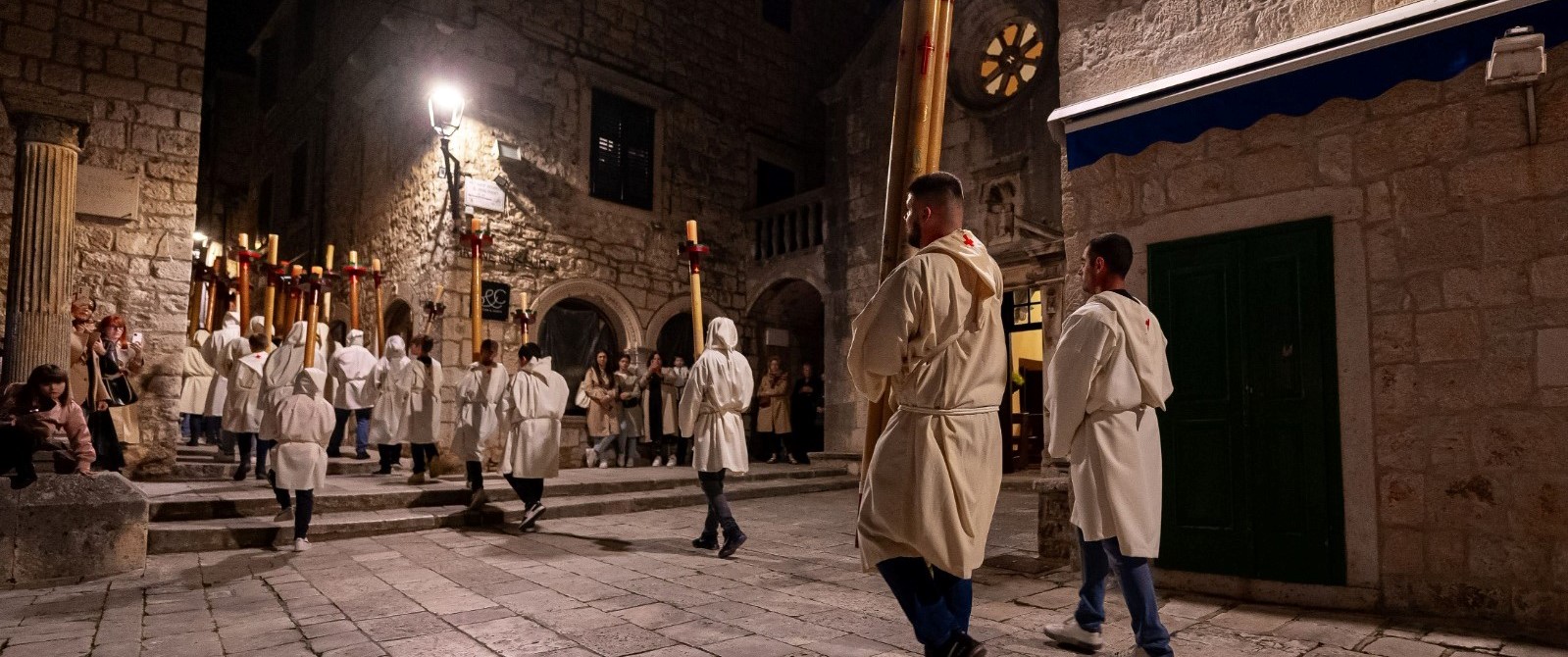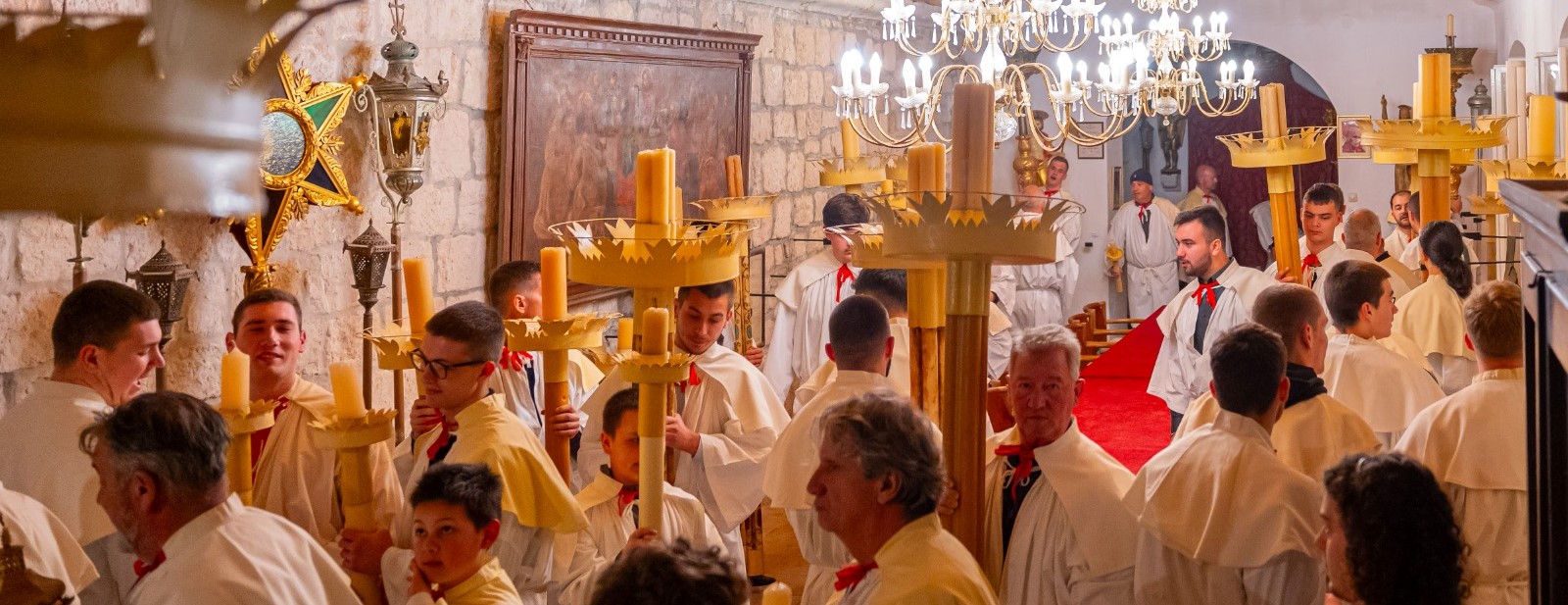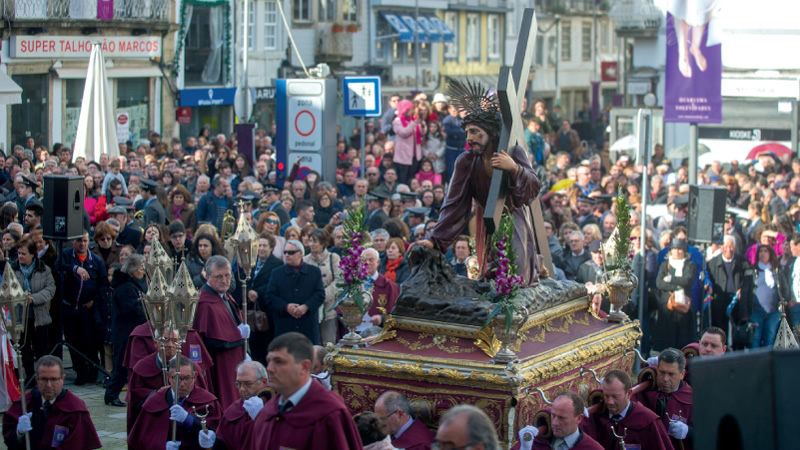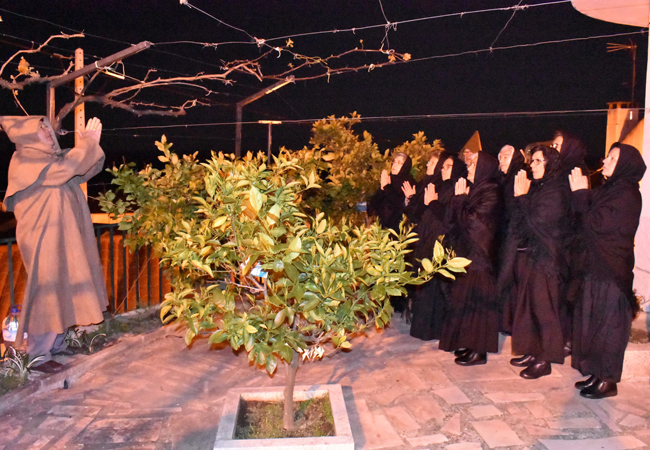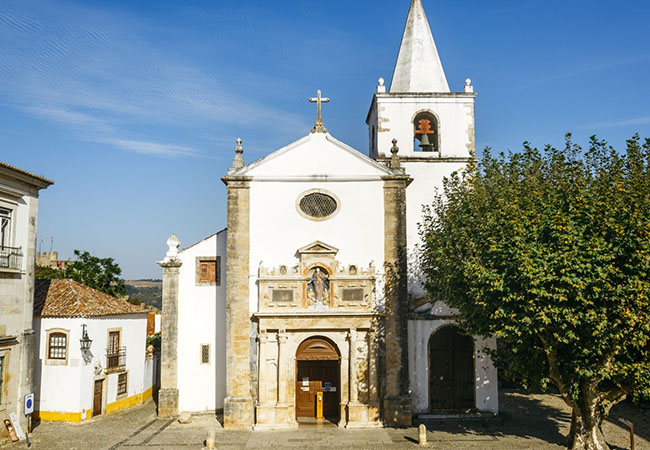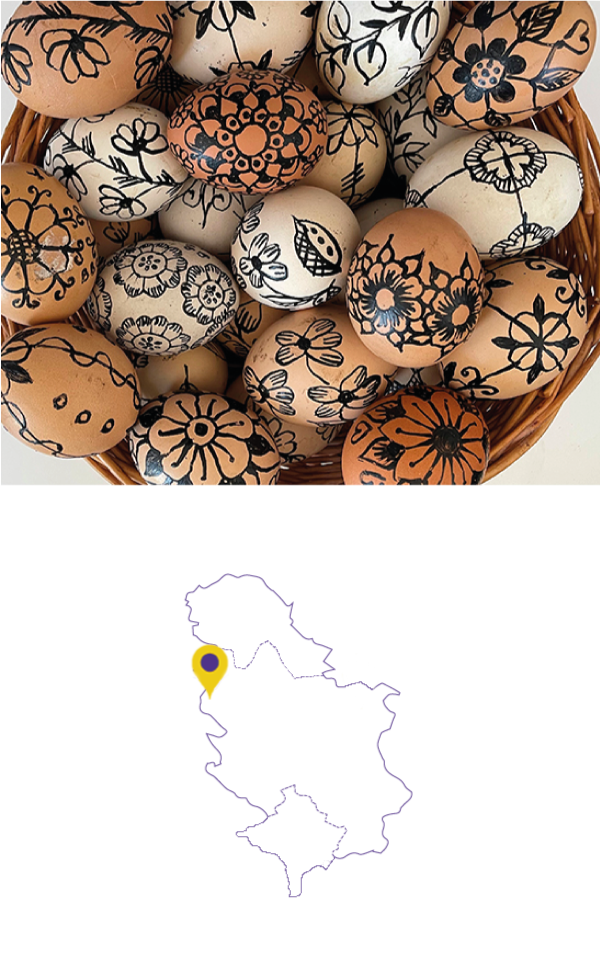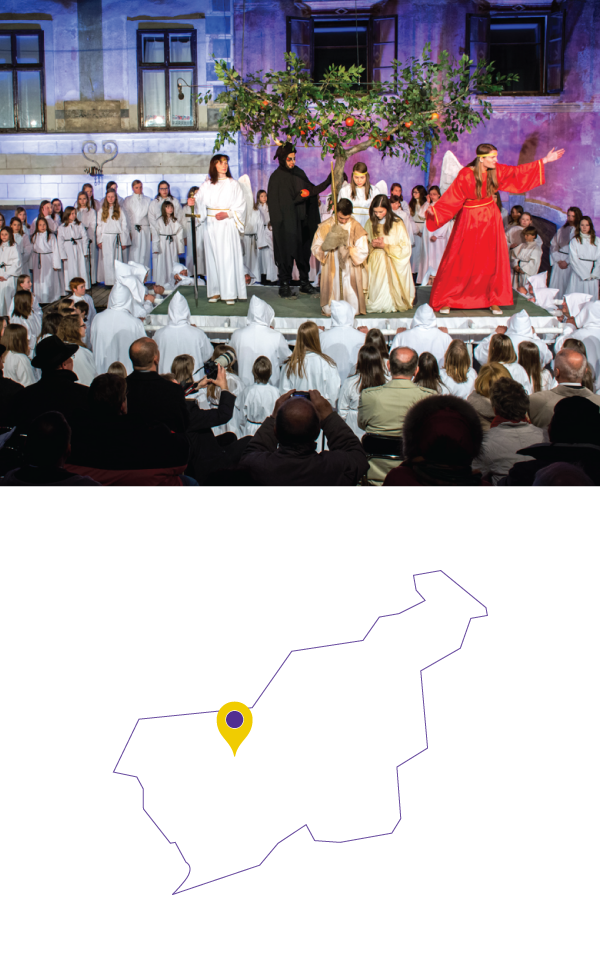Korčula is a South Dalmatian Island in the Central Adriatic. It is the sixth-largest Croatian island and the second-largest by population (14.612). It is connected to the mainland by two car ferries: Vela Luka—Split and Korčula —Orebić. Several catamaran lines connect Korčula with Split, Dubrovnik, and nearby islands: Mljet, Hvar, and Brač.
Korčula
Travelling the network
KORČULA
BACKGROUND
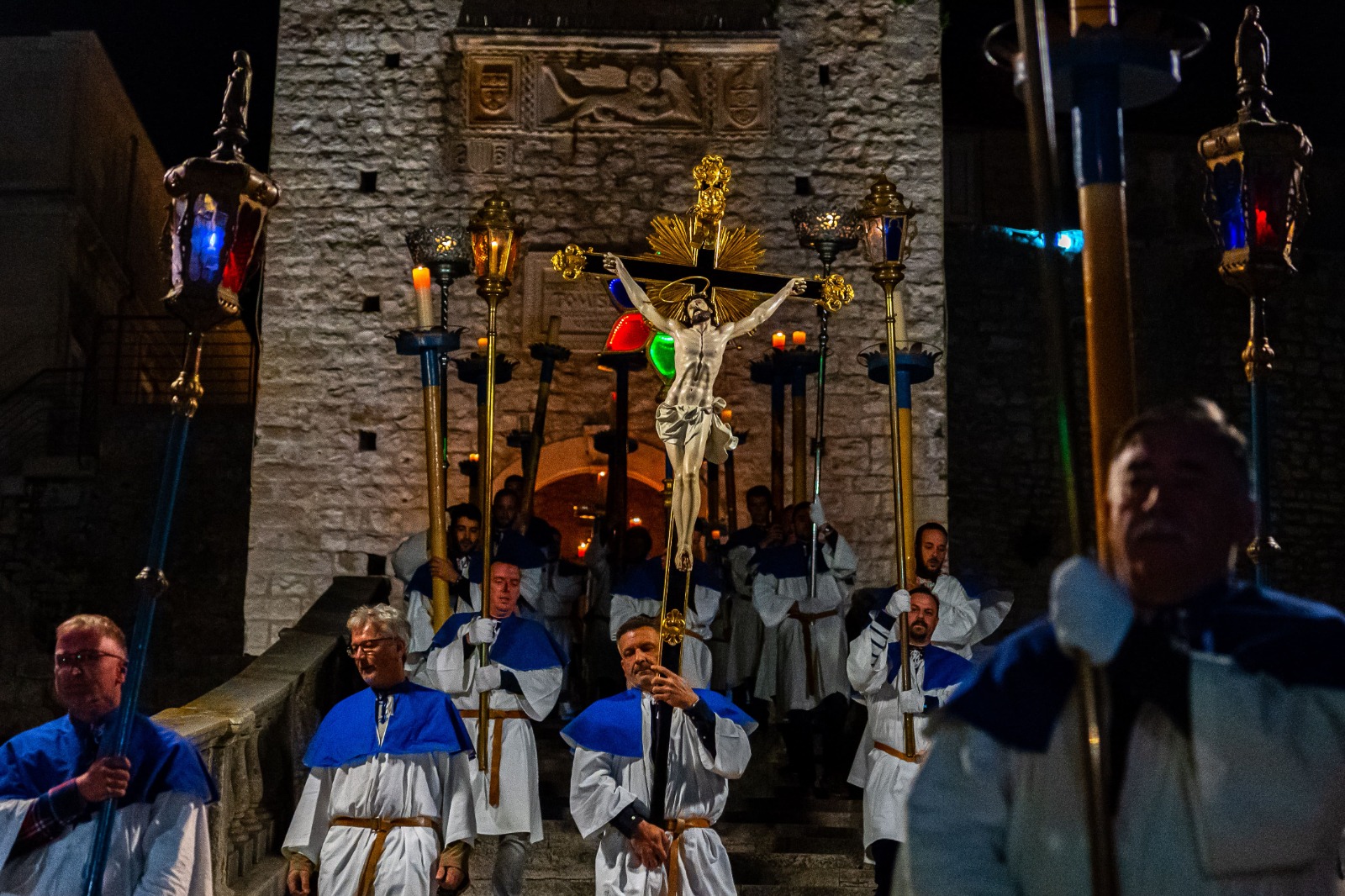
Administratively, it is divided into the Korčula town and the municipalities of Vela Luka, Blato, Smokvica, and Lumbarda, all of which are part of Dubrovnik-Neretva County.
WHAT TO SEE
Korčula enjoys a typical Mediterranean climate with about 2700 hours of sun annually. The average summer temperature is 27 C, while the average winter temperature is 9 C. The island can be explored on foot or by bike, highlighting its beaches, pine and oak forests, vineyards, and olive orchids, which allow visitors to enjoy beautiful panoramic views or stunning sunsets.
The island has been inhabited since antiquity and rapidly expanded during the Middle Ages. Today, its cultural heritage tells the story of the times passed through beautiful St. Mark’s Cathedral, Marco Polo Interpretation Centre, All Saints Church, the Icon collection, and the Town Museum, just to mention a few.
HOLY WEEK AND EASTER
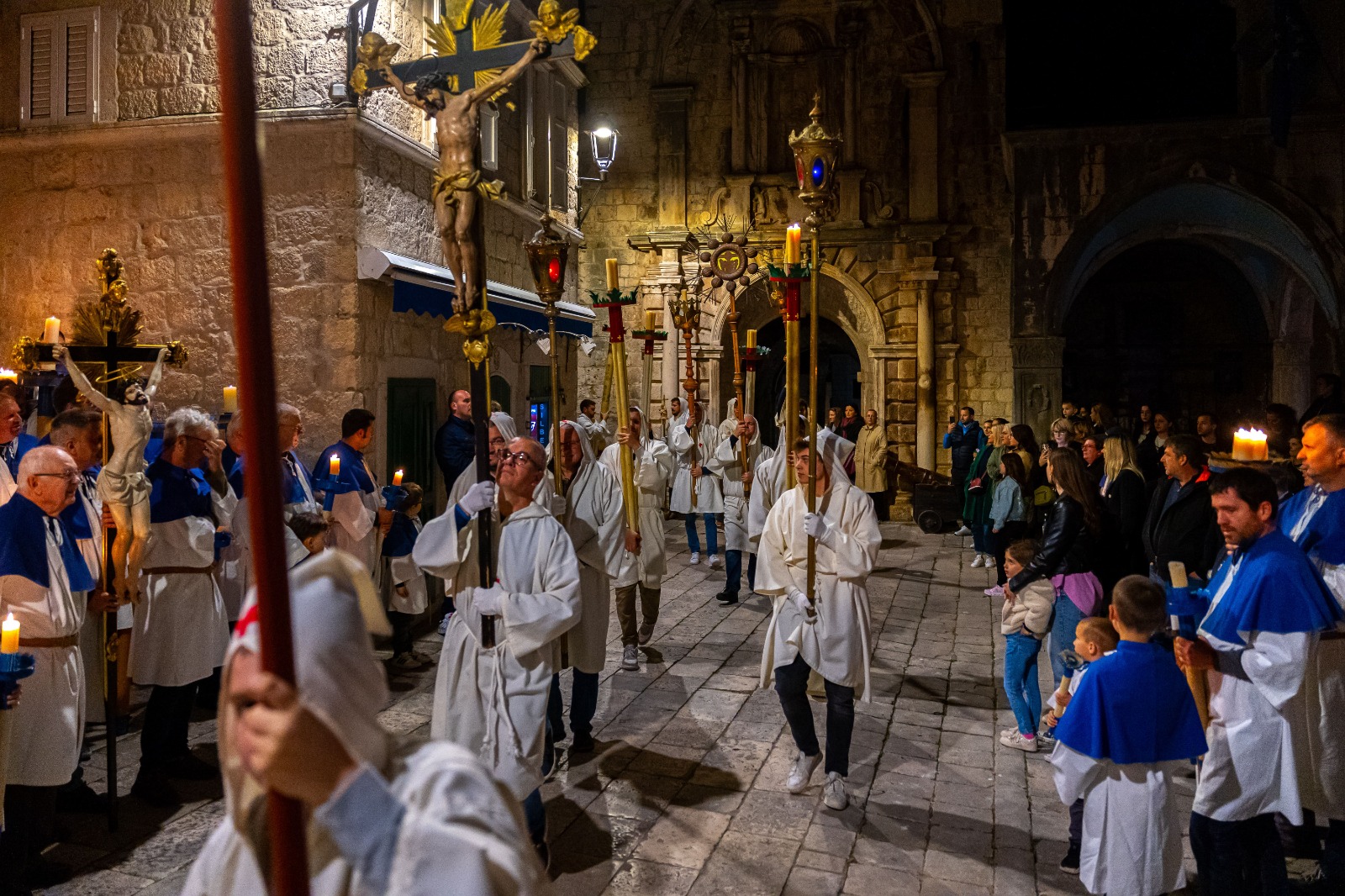
The historical Diocese of Korčula existed in Korčula 1300 – 1830. During that time, three confraternities that are still active today were established: All Saints (1301), Saint Roch (1575) and Our Lady of Consolation (1603).
Today, the most impressive processions in Korčula are held during Holy Week. The most famous is held on Good Friday, in which three confraternities participate dressed in tunics and carrying lanterns, processional torches, and candelabras. During the procession, the brothers chant traditional Korčula hymns.
Korčula Holy Week, throughout history, has preserved rituals that are kept to this day and are based on two key elements.
The Diocese of Korčula has a rich liturgical heritage that is inseparable from the continuous activity of the three confraternities: All Saints, St. Roch, and Our Lady of Consolation. The confraternities’ members are brothers with the same rights, divided into brothers of habit and piety. The confrarternities were founded as trade associations with a markedly secular character but are inseparable from the Catholic Church. Traditions have maintained Holy Week as we know it today.
With the wealth of ceremonies, processions, melodies and customs, it is a religious, cultural and sociological phenomenon present for centuries in one of the most beautiful towns in the Mediterranean.
The three confraternities contributed to the creation of Holy Week with processions and chants and popular songs that were written in the Croatian language at that time. Although, at the time, the liturgies were to be celebrated in Latin, the bishops of Korčula approved the chants. As a result, today, we have confraternitie songbooks dating back to the 14th and 15th centuries.
It is very important for a small town such as Korčula to maintain traditions that bring together all generations of inhabitants in traditional devotions and processions associated with Holy Week and other religious celebrations.
During Holy Week celebrations, children and youth actively participate in related traditions. It is especially noticeable on Good Friday when members of the three confraternities of all ages participate together in a procession.
Holy Week traditions are considered religious and cultural activities. Visitors take part in the cultural aspect of Holy Week, recognising its historical importance and centuries-old local customs. During the week, it is therefore possible to visit the premises of the confraternities and churches, which contributes to the cultural aspect of Holy Week.

